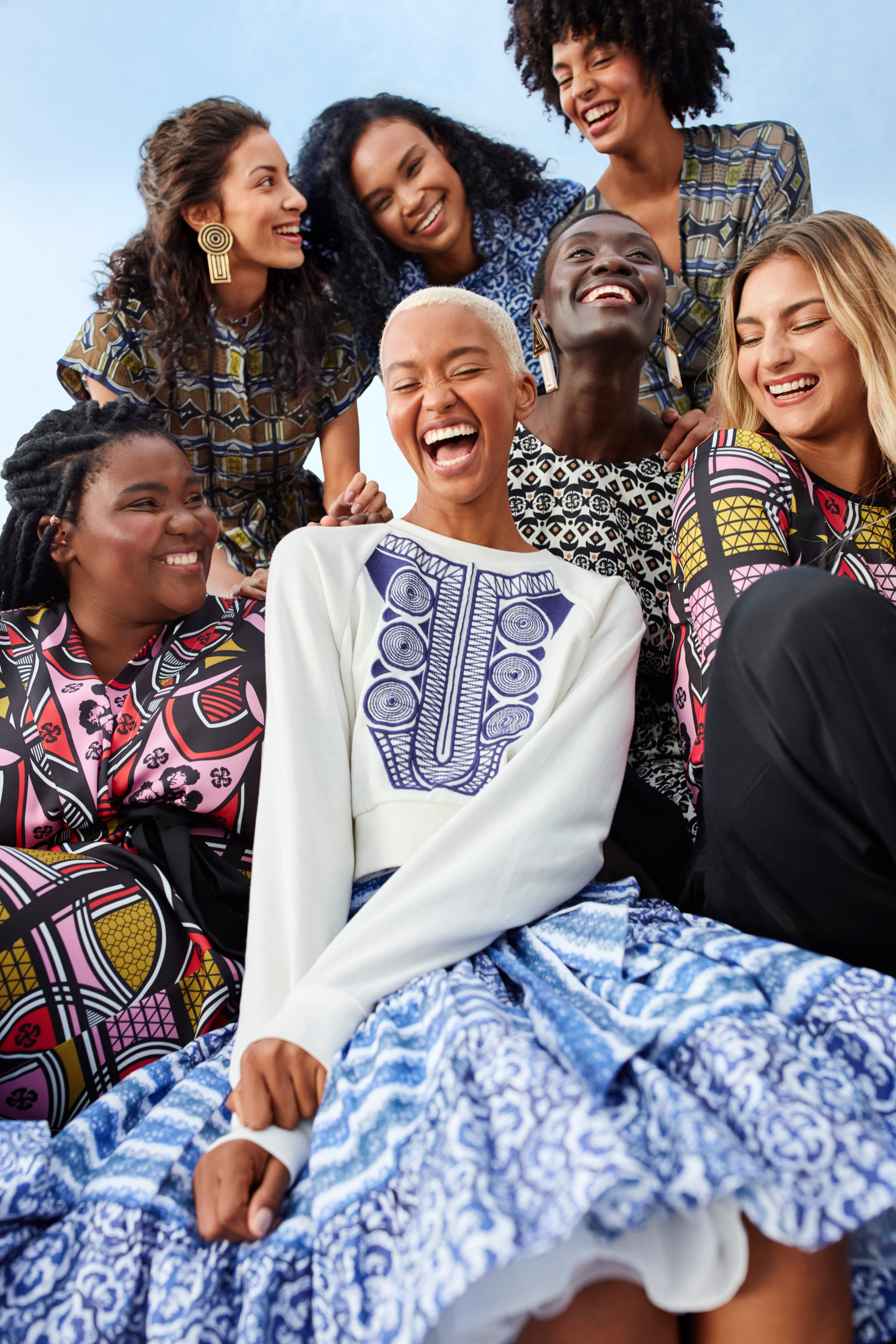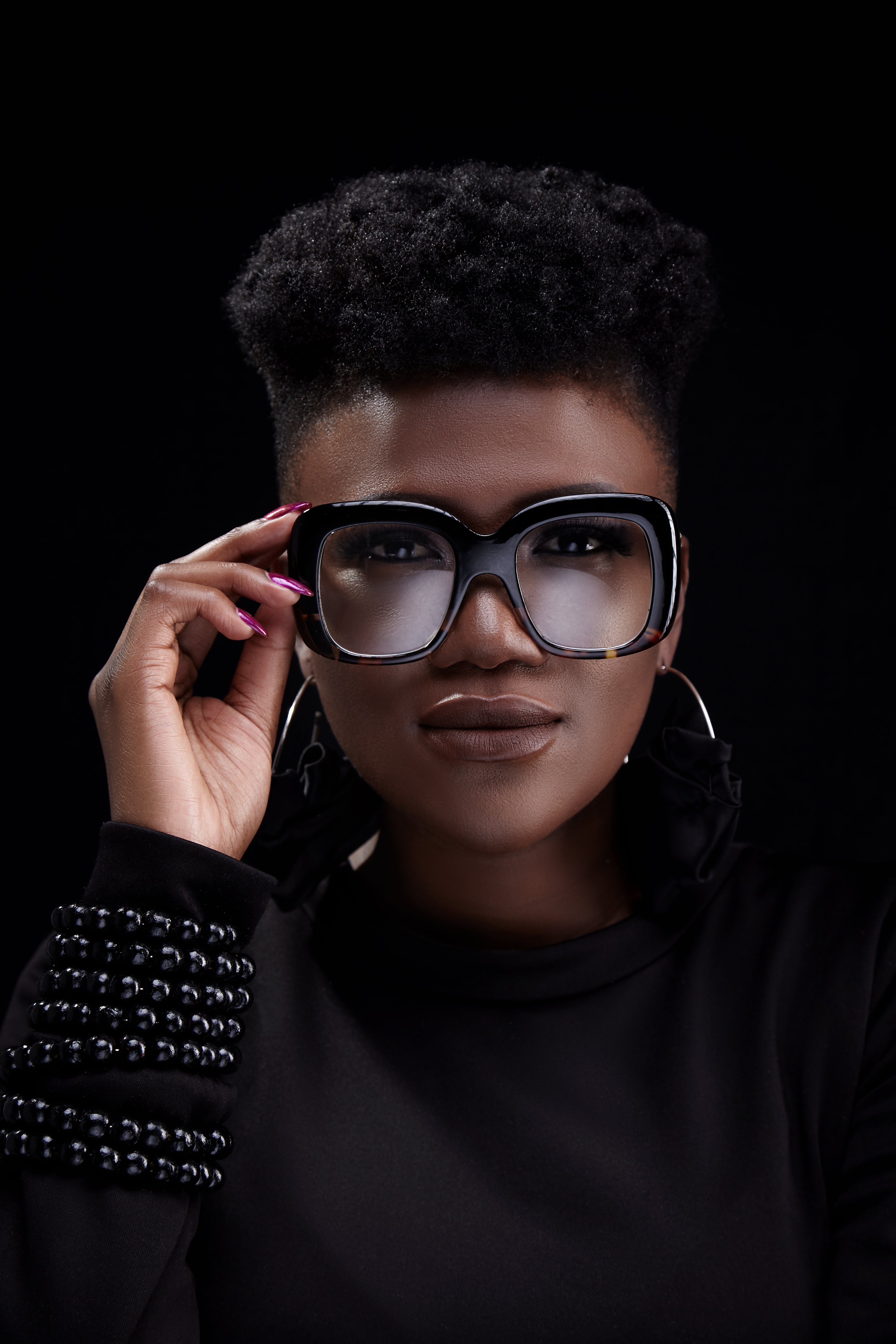New beginning: Mantsho clothing is designed by the fashion houses owner Palesa Mokubung and is available from her store in Johannesburg and in H&M stores internationally. (Supplied)
Over the years H&M has come to be known for making high-end brands a little more accessible through its many collaborations with designers and brands such as Moschino, Kenzo, Balmain, Karl Lagerfeld, Comme des Garçons and Alexander Wang. Although the retailer has worked with these and many others fashion houses, it was yet to do so with one from Africa. But, near the end of last year H&M contacted a handful of African designers as a first step to rectify this.
“After they reached out to the shortlisted designers, the global team came to my studio and then they visited my store.
PROMOTEDThere Is An Easier Way To Earn An IncomeBecome an online trader with only a R3000 deposit and start earning by trading Bitcoin,forex, stocks and commodities online. Take free trading course.Vici Marketing | marketingvici.comA few weeks later they gave me the call,” said Palesa Mokubung, the founder and designer behind the South African brand, Mantsho, H&M’s first African collaboration.
Mantsho designs have appeared on runways in Nigeria, Botswana, Senegal, the United States, Greece, India and Jamaica and Mokubung has dressed a variety of public figures including Bonang, Lira, Somi, Thandiswa Mazwai and Dr Same Mdluli.
The collection, which will be available at H&M stores in 11 regions around the world and online, consists of dresses, pants, a skirt, kimonos, blouses, a sweater, espadrilles, clutch bags, earrings and leather cuffs. The range borrows its silhouettes from Mantsho’s last three collections and is the reason people may recognise the Mmabatho dress and the Shekisha skirt shape in the range. But these Mantsho mainstays are refreshed by the prints, which are a collaboration between Mokubung and her brother, Mojalefa Mokubung.

The prints in the range were designed by Mokubung’s brother Mojalefa Mokubung. (Supplied)
“This is my first time collaborating with a retailer,” explained Mokubung this past Friday, shortly before she had to leave in preparation for Miss SA 2019. She was dressing the 12 finalists in the traditional attire segment.
While doing her nails at Sorbet and deferring phone calls from the press about her recent achievements, Mokubung spoke to the Mail & Guardian about her past 15 years in the fashion industry and how they were in no way linear.

Relevant: Palesa Mokubung has learnt that the path to success in the fashion is giving people what they want. (Supplied)
She made her debut at Stoned Cherrie brand in 2004 when she was in her first year of studying fashion. “Stoned Cherrie was blowing up. It was revolutionary and I needed to be present, so I dropped out of school,” she said.
At first Mokubung didn’t see this as a setback because her job at Stoned Cherrie was giving her hands-on insight. The skills included private client service, running a studio, the full retail experience where garments go from a sketch to a client’s shopping bag as well fashion week readiness.
Three years at Stoned Cherrie were enough for Mokubung so she left to start her own fashion house, Mantsho. But, a few years later she decided to take an academic sabbatical from 2011 to 2013.
“I managed to achieve and do amazing things like showcase at fashion week. I did a few international shows and I dressed a few celebrities. But I wasn’t retail ready and that wasn’t enough to sustain me. So I went back to school to get my bachelor’s degree in fashion design [at Design School SA],” Mokubung explained.
During this time she tried to continue making and selling her garments on a small scale, client by client. This came to a halt when running a studio and paying seamstresses as well as student fees while studying full-time proved to be too much.
When Burgundy Fly, a high-end South African retailer that sells garments and accessories made by local designers, contacted her about selling Mantsho she had to “respond with a yes”.
Because she had no staff she began to outsource production. “I took my patterns to a factory and they would make me 50 dresses that I gave to Burgundy Fly.”
Although the designer no longer had private clients for whom she made bespoke items, she said outsourcing and retail enable her to pay her fees and to save up to reestablish her studio. After graduating in 2013, the Mantsho studio reopened in 2014.
“When all those fresh starts were happening it was because I decided not to achieve what everyone else was looking to achieve but to carve my own way of flourishing. That forced me to focus on my strengths. I’m glad I started from scratch, twice,” she laughed.
In addition to reopening her studio, her recent collaboration with H&M, Mokubung now sells Mantsho designs from its eponymous store inside 27 Boxes in Melville.
The Mantsho and H&M collaboration comes after two racist blunders. Last year an H&M campaign featured a black boy wearing a sweater that said “Coolest monkey in the jungle” while his white counterpart wore one that read “King of the jungle”. In 2015, shortly after H&M launched in South Africa, a patron by the name Tlalane Letlhaku asked why they had used so few black models in their store at V&A Waterfront. In response H&M said it was because they looked to convey a “positive message”, which inevitably suggests that black people do not fit the mould of a positive message.
When Mokubung went into a partnership with H&M she did so with an awareness of their “mistakes”. She decided to follow through with the collaboration because it diversifies the spaces that Mantsho occupies and allows more consumers to buy into the aspirational vibe that the brand is about.
“One thing I have in common with H&M is that we like to sell clothes. No matter how groundbreaking the collection is, the collection is here to sell,” she said before sharing her thoughts on fast fashion. “People have to do what they have to do. I understand that there’s a market for fast fashion because not everyone can afford bespoke or designer items. I’ll leave it at that. I don’t have any warm feelings about it.”
An average Mantsho garment costs about R4 500 while the most expensive off-the-rack item goes for R8 000 and nothing is less than R2 800. But her garments sold at H&M are priced between R599 and R1 599.
“H&M is a beast of a retail chain store. They’ve got factories that can make affordable and durable garments in large numbers. After test runs at a few of their factories, we decided to go with one in India,” said Mokubung.
After the 15-year catch-up Mokubung sighed and laughed at the lessons she has learned and how it took years for her to grasp them. “It was hard for me to admit this because I hold my designs in high regard, mara this business is not about clothes. It’s about people. Beside talent, relentlessness and being committed to the industry, giving my clients all that attention, making sure I give them what they want, when they want it and how they want it, that’s why I’m still here. The client keeps me relevant.”
The Mantsho x H&M collection will be available online and in stores from August 15